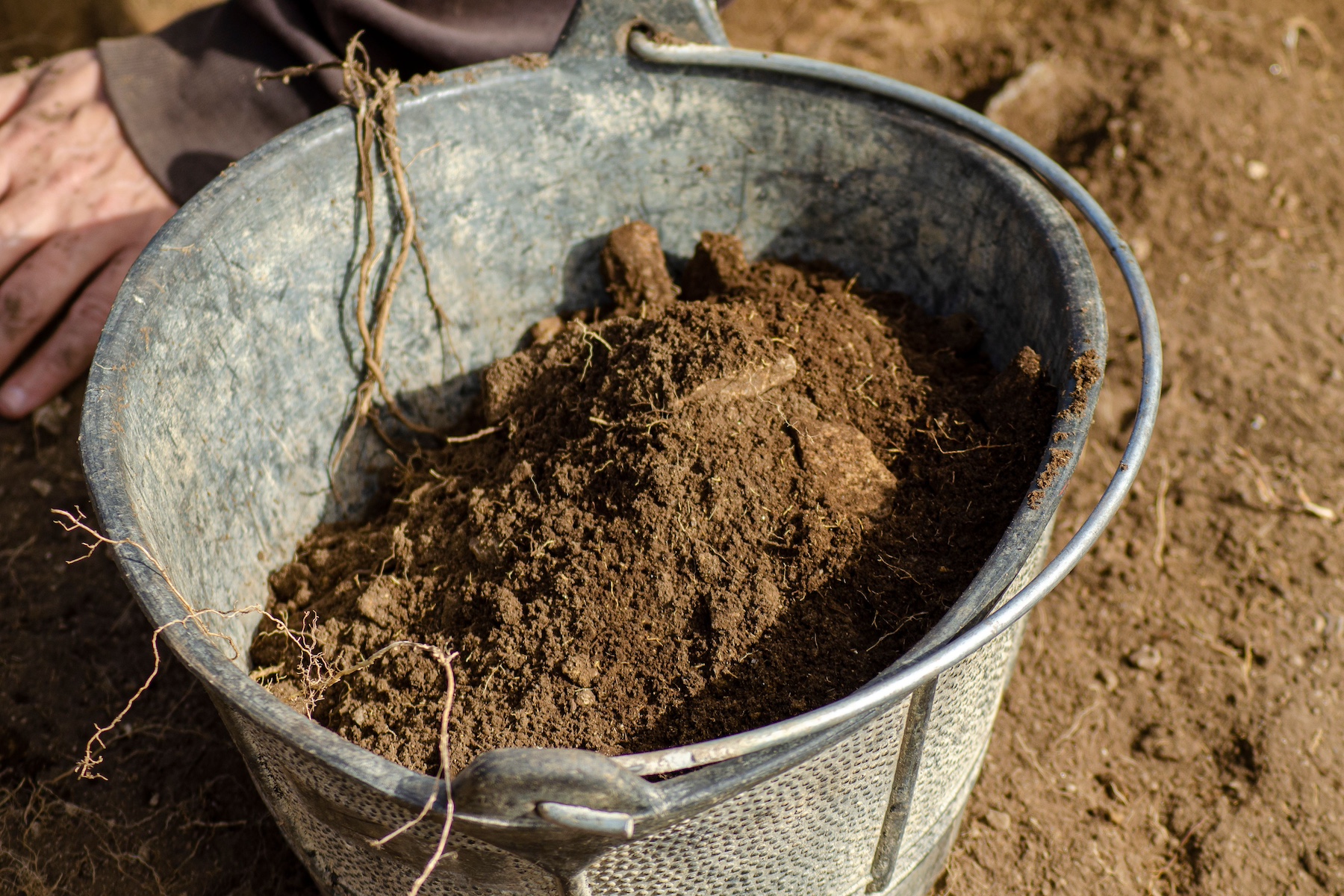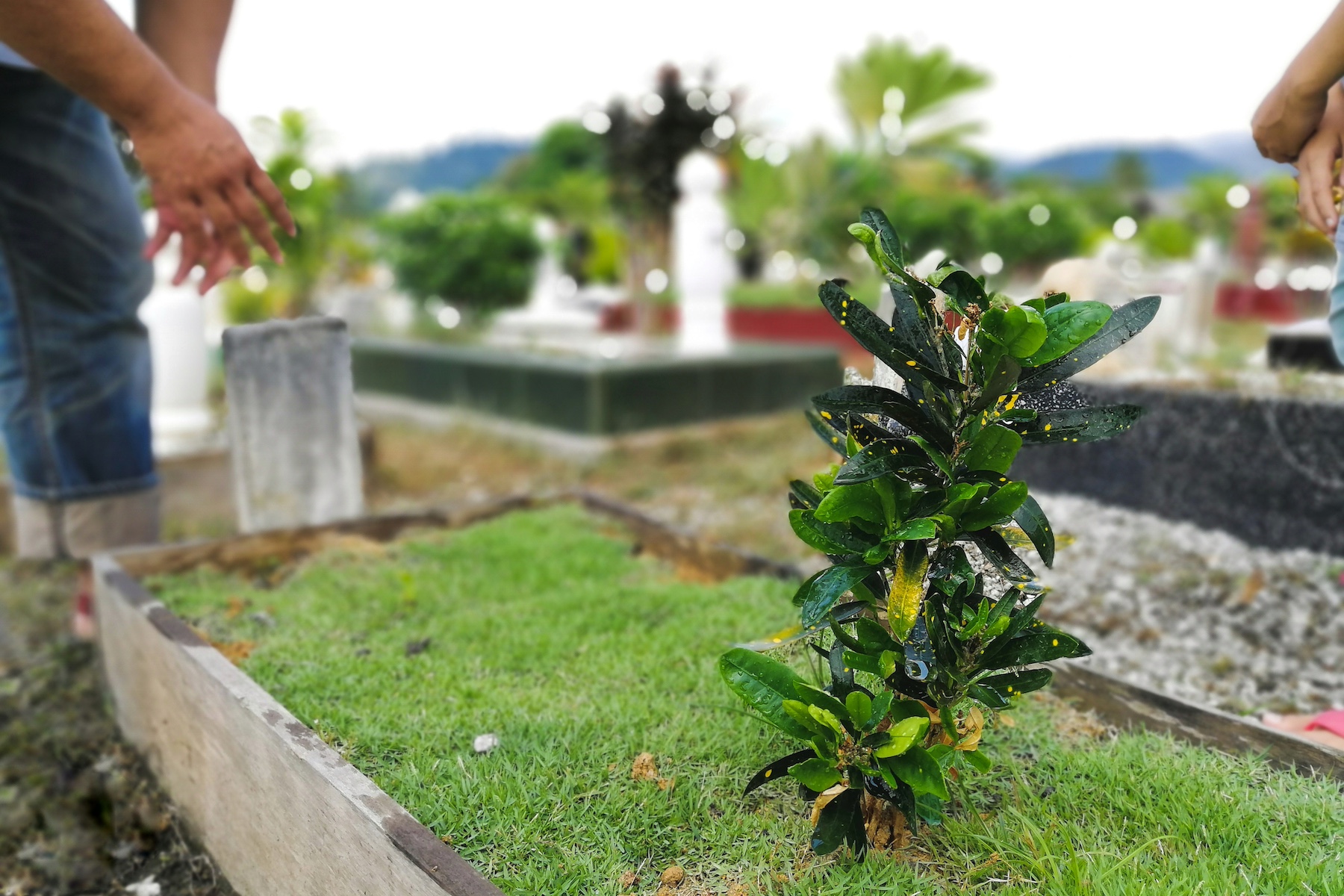Body disposition options after death aren’t something many people are comfortable thinking about, but it’s a decision that should be made during life. Why? Because there are actually a lot of options that are legally available today. Some are more common than others, but there’s something for every personal preference.
Traditional Cremation
As of 2015, traditional cremation is the most common form of body disposition in the United States along with direct cremation (the two aren’t statistically separated). A traditional cremation involves ceremonies just like a traditional burial with a viewing and funeral service. It may even involve embalming prior to the services and religious rites.
The key difference between a traditional cremation and a traditional burial is what happens after the ceremonies. Instead of a burial at a cemetery, the body is brought to the crematorium to be cremated. Once the cremation is complete the cremated remains will be collected and prepared so that they can be given to the family. From there the family can choose to bury the cremains, scatter them, use them to create a keepsake, put them in a columbarium niche or store them at home.
Direct Cremation
Direct cremation is different from traditional cremation in a few key ways. The biggest difference is that with direct cremation the funeral home doesn’t provide any ceremonial services. It’s a much more streamlined process in which the funeral home handles the essentials only:
- Transport of the body to the crematorium.
- Preparing the body for cremation.
- Cremating the body.
- Preparing and delivering the cremated remains.
As you can imagine, without the costly ceremonies at a funeral home direct cremation is significantly more affordable than traditional burial and cremation.
Alkaline Hydrolysis (Aquamation / Water Cremation)
Alkaline hydrolysis, better known as aquamation or water cremation, is a new form of cremation in which a water solution is used to dissolve the body rather than flames incinerating it. It’s considered one of the most eco-friendly forms of body disposition because there are no harmful byproducts, and water cremation uses a fraction of the energy that’s needed for traditional cremation.
Traditional Burial
Up until recently, traditional burial was the most common form of body disposition in the U.S. Most Americans are familiar with traditional burial and have probably attended a funeral that involved one. Typically, traditional burial includes embalming the body before having a viewing followed by a funeral service at the funeral home or a church. Then there’s a ceremony at the gravesite where the casket is lowered into the ground. Often the family will host a reception afterward at their house or the funeral home.
Green Burial (Natural Burial)
You can think of green burial as what was done 150 years ago before the funeral industry evolved into what it is today. This is a very natural form of body disposition that doesn’t require embalming, ornate caskets with materials that are toxic or pouring cement into the grave. Everything is done as naturally as possible. The body is laid to rest in a simple casket made of biodegradable materials in a plot that usually has a natural marker rather than an altered headstone. The goal is for the burial to have minimal impact to the point that within a few years you wouldn’t know a burial occurred.
Natural Organic Reduction
You may have heard about organic reduction, but it may have been called human composting instead. That’s because with natural organic reduction a body is turned into compost that can be used to fertilize plants. The process involves wrapping the body in a biodegradable covering and placing it in a vessel with organic material for 30-90 days to decompose.
This type of body disposition is extremely eco-friendly, but it’s an idea that many people have a hard time with due to the ick factor. It’s also legal in only four states across the entire U.S.
Body Donation
While this isn’t quite the same as other types of body disposition, body donation is an option. In the case of body donation, disposition will happen at a later date after medical professionals have been able to use the body for scientific research. Typically the body disposition is either traditional cremation or water cremation.
At Direct Cremate we specialize in no-nonsense direct cremation that’s efficient and affordable. We work with families to make the process as easy as possible so that body disposition doesn’t become a complicated, distressful experience. Give our team a call or text any time of day to discuss the process or make direct cremation arrangements.



